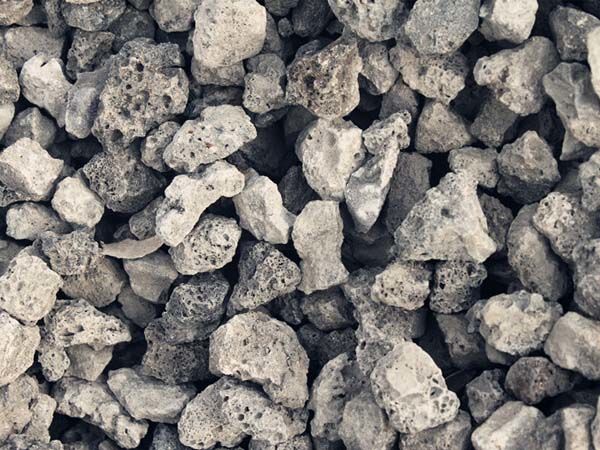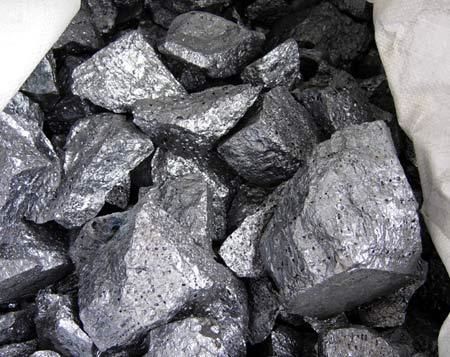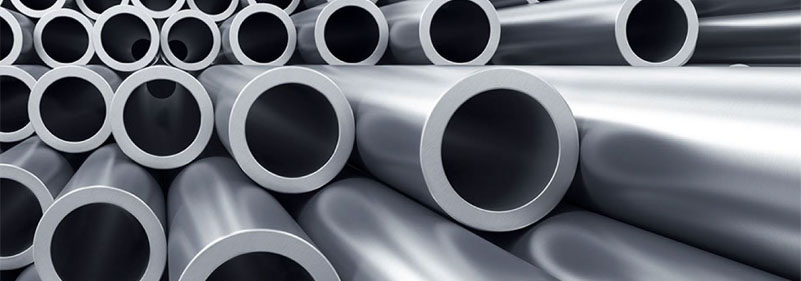What are the non-metallic inclusions in steel?
The classification of non-metallic inclusions is as follows:
1. Classified by chemical composition:
Sulfides (FeS, MnS), oxides (FeO, Al2O3), sulfates (2Mno, SiO2), hydrides (Tin, ZrN)
2. Classification by deformation capacity:
Brittle inclusions (Al2O3), plastic inclusions (FeS, MnS, 2 MnO.SiO2 )Invariable inclusion (SiO2)
According to morphology and distribution
(A sulfide), (B alumina), (C silicate), (D spherical oxide), (DS single particle spherical oxide)

The sources of non-metallic inclusions in steel are as follows
1. Endogenous inclusions: in the process of steel smelting, oxides and silicates will be produced after deoxidation reaction. If these products are not precipitated before solidification, they will remain in the steel to produce inclusions.
2. Foreign inclusions: slag, refractory and other inclusions suspended on the surface of liquid steel in the process of smelting and pouring are produced with the liquid steel entering into the steel. These inclusions are generally large in size, irregular in shape and irregular in arrangement.

Class A: single gray inclusion with high ductility and wide range of morphology ratio, generally with rounded corner
Class B: most of the black or blue particles without deformation, with angle and small shape ratio are arranged in a row along the rolling direction, with at least three particles.
Class C: black or dark gray inclusions with high ductility and wide range of shape ratio, generally with acute angle at the end.
Class D: invariable, angular or round, small shape ratio, black or blue, irregularly distributed particles;
Class DS: round or nearly round, particle inclusions with diameter ≥ 13um.
Follow MTSCO, take you to know stainless steel!

 English
English 中 文
中 文 Español
Español Português
Português Deutsch
Deutsch Türk
Türk Pусский
Pусский عربي
عربي 한국인
한국인 日本語
日本語
